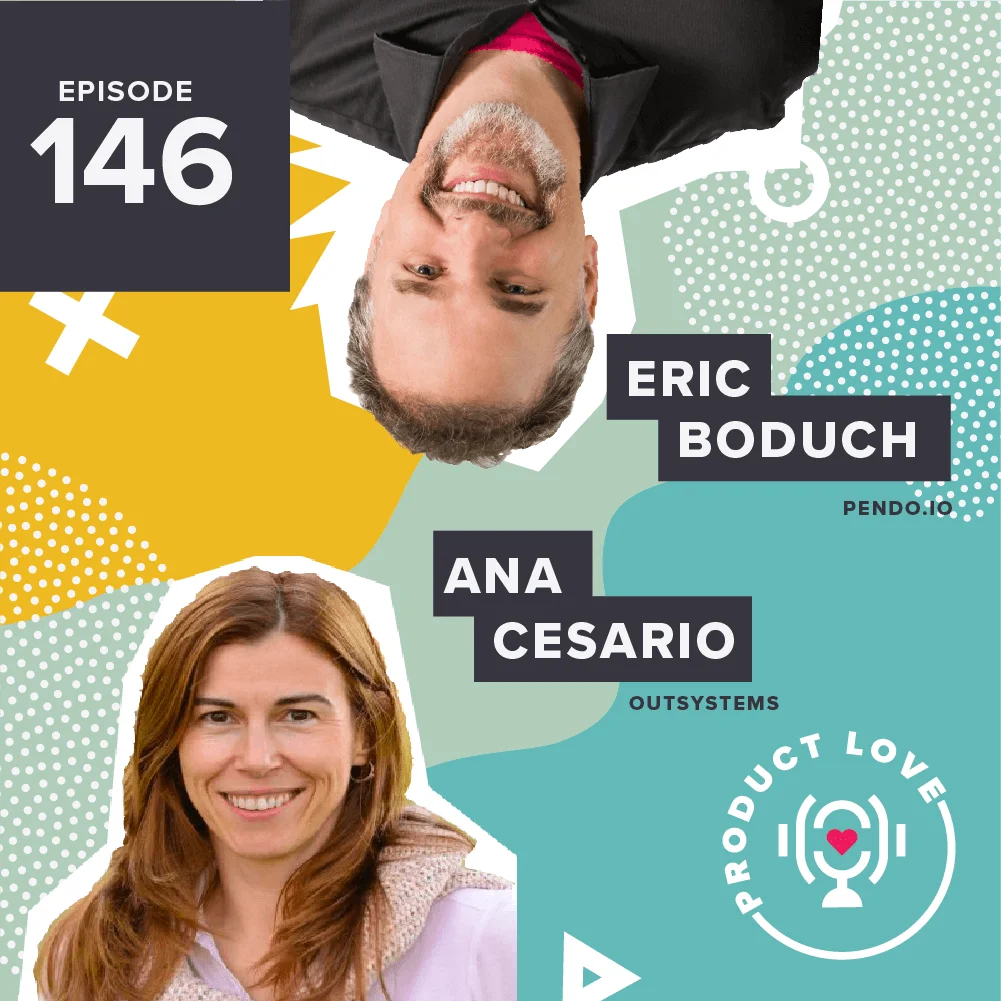Being a product manager, especially in the tech industry, can be a little overwhelming. Any PM who wants a mental refresh and a resurgence of energy might consider meditation as a way to manage their busyness and stress. Just ask Randhir Vieira — he’s been a meditator for over 25 years.
Randhir has been attending silent meditation retreats since his early 20s. Even now, he appreciates the value of unplugging and going dark for ten days to decompress from Silicon Valley. So, it makes perfect sense that Randhir is the VP of product at Headspace.
This week on Product Love, we talk about having a mission-based company, then discuss a topic that seems to bother all product managers these days.
Mission-Driven? North Star?
Headspace is a mission-driven company with the aspiration of improving the health and happiness of the world. Randhir admits that having that kind of goal raises the stakes when they think about Headspace as a product organization. However, being mission-driven allows you to use that goal as a North Star.
Headspace comes up with endless ideas and initiatives, so they filter each one through the lens of their mission. Which idea(s) would improve the health and happiness of the world? Which idea fits Headspace’s theme?
This mission even inspired their decision to do a freemium offering. Having some level of content available for free aligns with their goal of helping people improve their mental health through meditation.
Product-Market Fit
Randhir is currently the lead for San Jose’s chapter of Products That Count, a nonprofit organization with a membership of more than twenty thousand current and aspiring product managers.
It comes as no surprise that the number one topic that preoccupies most product managers is product-market fit. It’s a difficult subject and everyone seems to have their own version of how to achieve it.
The best advice regarding product-market fit that Randhir has seen actually work is to narrow the segment you’re focused on. There’s a huge difference between having a complete solution for a specific group versus only 60% or 80% of a solution for a broad one.
It goes back to identifying the true advocates of your product. To do that, Randhir suggests asking, “How would you feel if you didn’t have access to this product?” If they were really upset at that prospect, ask them, “What parts of the product do you use, and why would you miss them? What would the best alternative be?”
Getting a full grasp of the needs of one particular segment gives you the data to expand into others. You can use previous insights to hypothesize what features would be worth investing in to attract new user groups. Randhir believes that fully attaining one or two segments is a good sign that you can scale beyond that.
Check out this week’s episode to learn more about meditation. You’ll also hear about the number one mistake that product managers seem to make. Listen to us below and remember to subscribe on iTunes.




